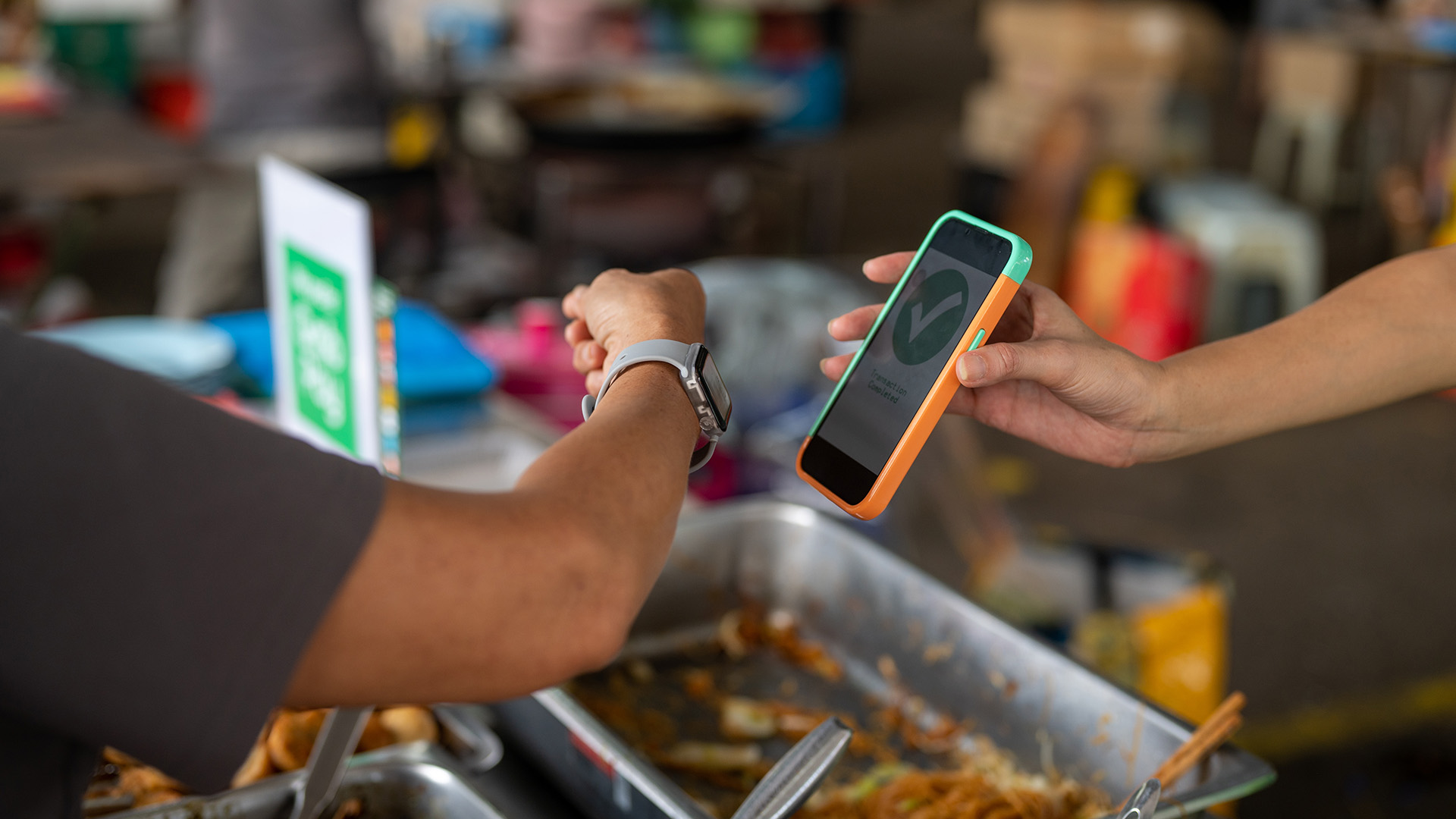Published by
Top 5 Ways Grocers Implement Technology in Grocery Delivery
Tim Duncan, Principal Product Manager of Growth at Bottle Rocket discusses the application of technology in various grocery operations to maximize delivery efficiency and the latest tech developments reshaping the grocery system for the better.
The US grocery shopping industry generates over 800 billion dollars, with the growing market for grocery delivery as an untouched treasure trove, major grocers are actively vying for dominance. The surge in grocery delivery during the pandemic has solidified its place as consumers recognize the convenience of online shopping.
In this digital age, grocers understand the need to overhaul their digital and IT operations to align with evolving customer trends. As a result, there has been a monumental shift towards adopting assistive technologies in grocery operations, benefiting both customers and employees. Let’s dive into the top five ways grocers have leveraged technology to streamline operations and improve customer experiences.
1. Automated Inventory Management
Efficient inventory operations are crucial for a seamless grocery delivery system. The goal is to maintain supply levels to avoid customer dissatisfaction due to understock and revenue loss from overstock. Traditional inventory management typically involved teams of workers manually processing and overseeing. But with automated systems in the picture now, workers can be warned when there’s low stock and be provided with data collection for forecasts and predictions to create user-oriented experiences. Automation removes parts of the intensive manual workload, ultimately enriching employees’ work lives and guaranteeing satisfied shoppers.
2. Digitally Transforming Customer Service
Consistent customer service is imperative for building lasting customer relationships and engagement, especially when three-quarters of all customers expect a consistent omni-channel experience. For example, Amazon is automating customer service and integrating generative AI tools into applications, with other grocers flocking to refine online shopping services with the latest tech. Automated chatbots in customer service can be dependable, seamless digital experiences, allowing employees to focus on tasks requiring the human touch.
3. Virtual Immersive Experiences
In one of the more futuristic technology applications, grocers use generative AI to provide augmented-reality shopping experiences for customers, making online shopping similar to in-store experiences. Virtual processes use previous customer data to give personalized recommendations, enhancing the digital grocery experience. The combination of chatbots and virtual experiences combined with in-store employees and physical locations ensures all grocery bases are covered.
4. Tech Smart Logistics Management
Grocery home delivery depends on the accuracy of picking and packing customers’ orders. Smart logistic management systems were developed with both consumers and employees in mind, incorporating robotics and automation to enable cost-efficient and streamlined processes. With robotics and automation, grocers can attract consumers with the promise of same-day delivery facilitated by speedy packing processes. Grocery delivery’s strict time limits mean companies can’t afford to lose customers’ trust by failing to deliver as scheduled. Automated customer delivery notifications and real-time tracking in apps keep them informed, leading to happy customers and saving employees time from handling an excess of customer calls. It’s a win-win situation.
5. Emerging Tech in Security
As grocers rely more on digital operations, elevating security is imperative. It is not only essential to have in-store security but also data protection for the consumers’ details from web-based ordering. Retailers are adapting AI-enabled cameras that use facial recognition and deploying machine-learning algorithms to prevent shoplifting and safeguard consumer data. It has become the norm to refine both physical and digital security, with leading retailers like Walmart and Amazon utilizing high-tech cameras and authenticator apps.
The grocery delivery market has evolved significantly with these disruptive technologies, as grocers incorporate radical tech in almost every operation. Innovative grocery tech working in sync with the human touch ensures grocers keep up with rising demand and provide the dream customer service. Once reliant on human efforts, the industry is now supported by cutting-edge technology, propelling it into the age of grocery convenience with limitless potential.
Originally published at Westerngrocer.com




